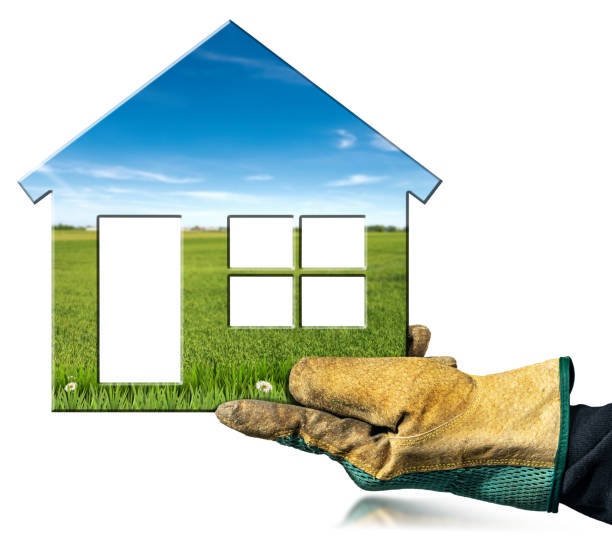Introduction
Melbourne, a bustling metropolis in Australia, is a city that prides itself on being at the forefront of the sustainable building movement. With its vibrant culture, stunning landscapes, and a commitment to environmental conservation, Melbourne has become a beacon for eco-friendly architecture and sustainable construction practices. In this guest post, we'll delve into sustainable building Melbourne, exploring its roots, key initiatives, and the remarkable structures that have emerged as testaments to the city's dedication to eco-conscious design.
1. A Sustainable Legacy
Melbourne's sustainable building journey has deep roots in its commitment to environmental preservation. The city's passion for sustainability is evident in its long-standing policies, which date back to the 1990s when Melbourne introduced a Green Building Policy. This policy laid the foundation for the city's sustainability goals, encouraging developers and architects to incorporate green design principles.
2. Green Building Certifications
One of Melbourne's driving forces in sustainable construction is its strict adherence to green building certifications. The Green Building Council of Australia (GBCA) provides certification and standards for eco-friendly architecture projects. Melbourne's architects and developers frequently pursue these certifications, creating a competitive environment for green building innovation.
3. Unique Climate Considerations
Melbourne's unique climate poses specific challenges for sustainable building design. The city experiences four distinct seasons, which requires architects to incorporate energy-efficient solutions to ensure buildings are comfortable year-round. The focus on natural ventilation, shading, and thermal efficiency is evident in many structures.
4. Innovative Sustainable Materials
The sustainable building movement in Melbourne places a strong emphasis on using eco-friendly construction materials. Recycled and renewable materials, low-VOC paints, and sustainable timber are commonly employed, reducing the environmental impact of construction projects.
5. Green Roofs and Living Walls
The integration of green roofs and living walls is a prominent trend in Melbourne's sustainable architecture. These features not only provide insulation but also enhance biodiversity, improve air quality, and reduce stormwater runoff. The Council House 2 (CH2) building in Melbourne is a prime example, showcasing a stunning green roof and other sustainable design elements.
6. Passive Design Principles
Passive design principles play a critical role in Melbourne's sustainable architecture. Designers take advantage of the city's natural resources, such as sunlight and prevailing winds, to reduce the need for artificial heating and cooling. This not only minimizes energy consumption but also creates more comfortable living and working spaces.
7. Water Efficiency and Harvesting
Melbourne's commitment to sustainable building extends to water conservation. The city faces periodic droughts, and architects are designing structures that prioritize water efficiency. Rainwater harvesting systems, water recycling, and low-flow fixtures are commonly integrated into sustainable buildings.
8. Energy-Efficient Lighting and Appliances
Energy efficiency is a key component of eco-friendly architecture in Melbourne. Sustainable buildings often feature LED lighting, smart energy management systems, and energy-efficient appliances. These elements reduce electricity consumption and greenhouse gas emissions.
9. Notable Sustainable Buildings
Melbourne boasts several iconic sustainable buildings that exemplify the city's commitment to eco-friendly architecture. Some notable examples include:
a. Council House 2 (CH2): This 6-star Green Star-rated building showcases numerous sustainability features, including a green roof, natural ventilation, and solar panels.
b. The Pixel Building: This distinctive building is known for its striking design and commitment to sustainable living, featuring a wind turbine and rooftop gardens.
c. Library at The Dock: As Australia's first 6-star Green Star public building, it combines sustainability with stunning architectural design and features a living roof garden.
d. One Ormond: A residential project designed with energy efficiency in mind, it integrates solar panels, passive design, and water-saving initiatives.
10. Community Engagement and Education
Melbourne's sustainable building movement extends beyond architecture. The city actively engages its community in environmental stewardship through educational programs, workshops, and initiatives. This helps spread awareness and fosters a sense of responsibility toward sustainable living.
Conclusion
Melbourne's sustainable building movement is a testament to the city's commitment to eco-friendly architecture and environmental conservation. From its early green building policies to its ongoing dedication to green certifications, Sustainable builders Melbourne. With its innovative design features, unique climate considerations, and remarkable structures, Melbourne stands as a beacon of hope for cities worldwide striving to create a more sustainable future. The city's dedication to eco-friendly architecture not only benefits its residents but also sets a remarkable example for others to follow in the global fight against climate change.


No comments yet